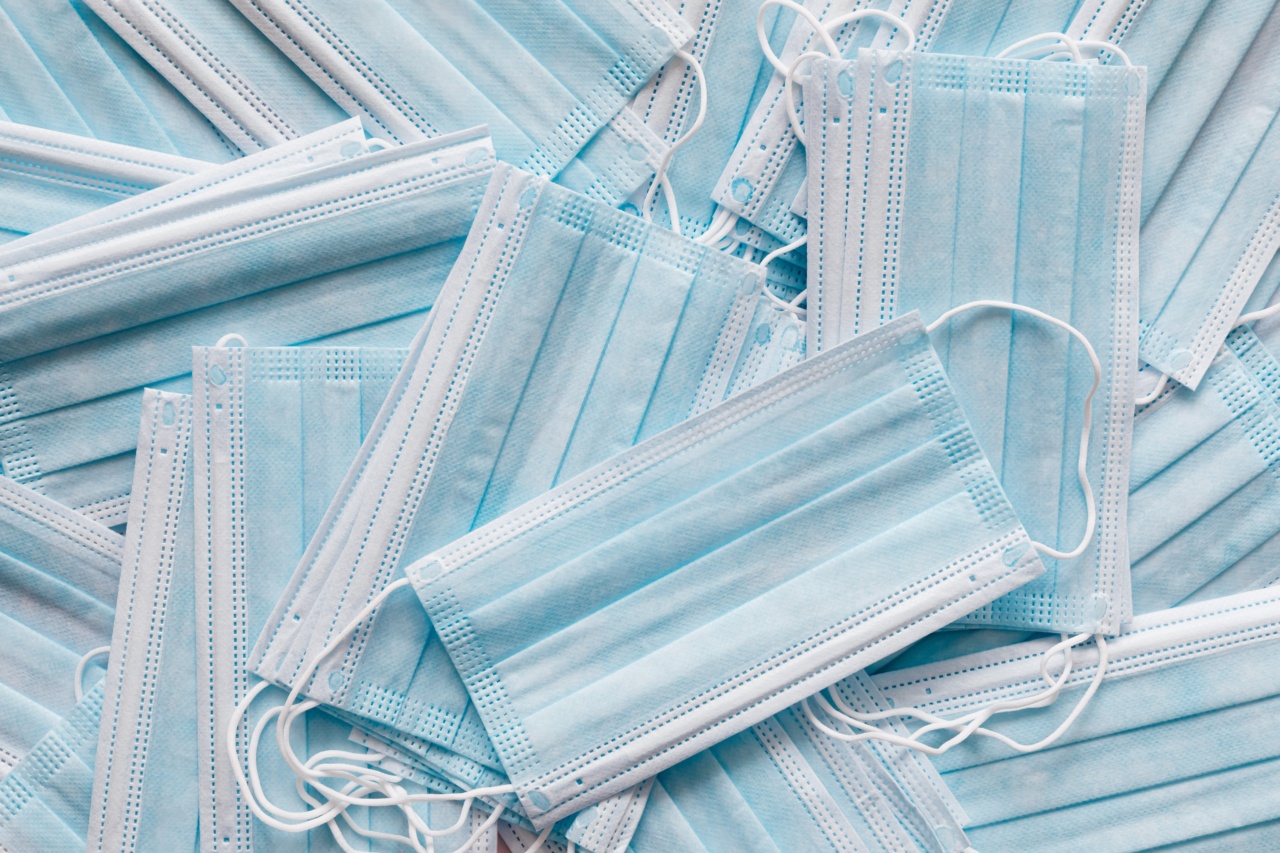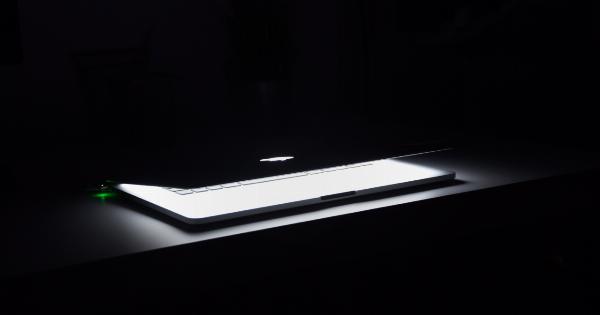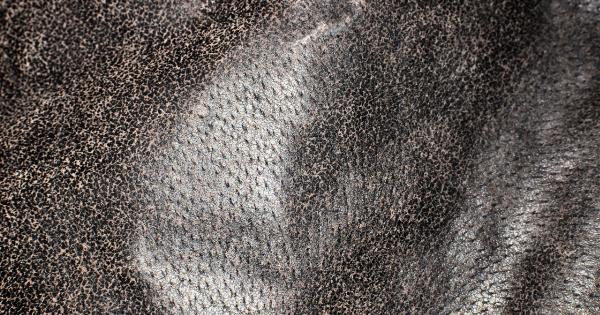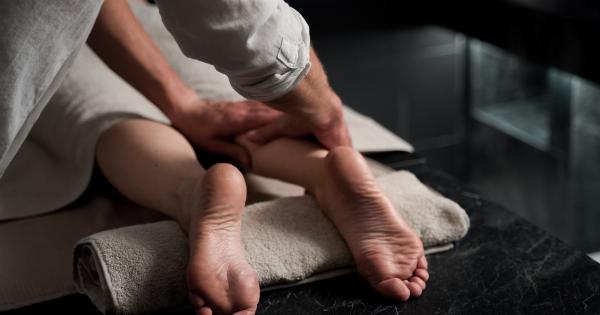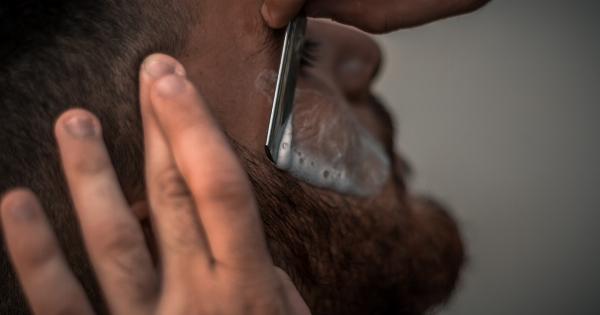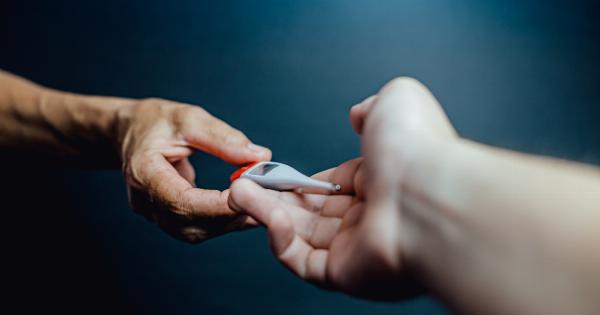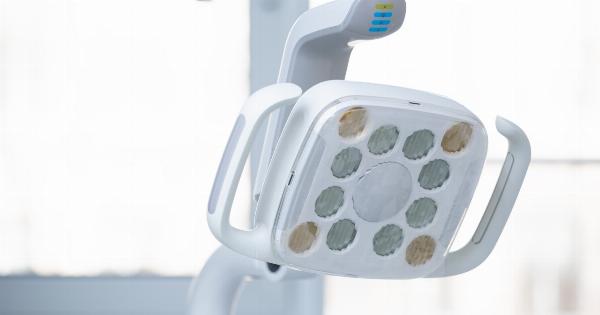Scarring from cuts and scrapes is a common problem that can be unsightly and often difficult to manage. Fortunately, there are several steps you can take to prevent scarring from cuts and scrapes.
In this article, we will discuss some of the most effective ways to prevent scarring from these types of injuries.
Clean Cuts and Scrapes Thoroughly
The first step to preventing scarring from cuts and scrapes is to clean the affected area thoroughly. This should be done as soon as possible after the injury occurs to reduce the risk of infection.
When cleaning your wound, use mild soap and water and gently rinse the area to remove any dirt or debris that may be present.
Use an Antibiotic Ointment
After cleaning the wound, it is recommended to apply an antibiotic ointment, like Neosporin, to the affected area. This will help to prevent infection and may also reduce the risk of scarring.
Apply the ointment to the wound and cover it with a sterile bandage, making sure to change the dressing daily.
Avoid Picking or Scratching the Wound
One of the most important things you can do to prevent scarring from cuts and scrapes is to avoid picking or scratching the wound. This can cause the wound to become infected and may also lead to scarring.
If the wound itches, try applying a cool, damp cloth to the affected area to relieve the itchiness.
Moisturize the Affected Area
Moisturizing the affected area may also help to prevent scarring. Using a topical moisturizer, like petroleum jelly, can keep the wound moist and may reduce the risk of scarring.
Apply the moisturizer to the affected area two to three times per day after cleaning the wound.
Avoid The Sun
Exposure to the sun can cause the scar to darken and become more noticeable. Therefore, it is important to avoid direct sunlight as much as possible, especially during the first few months after the injury occurs.
If you need to be outside, be sure to wear a hat and apply a broad-spectrum sunscreen with an SPF of at least 30 to the affected area.
Massage The Scar Area
Massage can help improve blood flow to the scar area and prevent excessive scar tissue formation. You can massage your scar with your fingers in a circular or back-and-forth motion using a moisturizing lotion.
Doing this can help soften and flatten the scar tissue and improve the appearance of the scar.
See a Dermatologist
If you have a severe cut or scrape that is not healing properly or you are concerned about scarring, it is important to see a dermatologist or other healthcare professional.
They can provide advice on the best treatment options for your specific condition.
Use Silicone Sheets or Gels
Silicone sheets or gels can be applied to the wound to reduce the risk of scarring. These products help to retain moisture in the affected area and may also reduce inflammation and discoloration.
You should follow the instructions carefully when using these products for the best results.
Stop Smoking
Smoking can impair the healing process, which may lead to more scarring. Therefore, if you smoke, quitting the habit can help prevent scarring from cuts and scrapes, as well as improve your overall health.
Keep the Wound Covered
Finally, it is important to keep the wound covered with a sterile bandage or dressing until it has fully healed. This can help prevent infection and also reduce the risk of scarring.
You should change the dressing daily or more often if it becomes wet or dirty.
